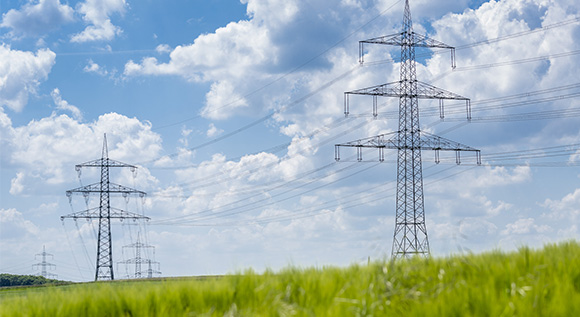"Ultranet" is making progress
An important step forward for Germany’s first DC connector: the transmission system operators Amprion and TransnetBW have signed the contract for planning and constructing the converters for the ULTRANET direct current project.
 © BMWi/Holger Vonderlind
© BMWi/Holger Vonderlind
It’s looking good for grid expansion in Germany: the transmission system operators Amprion and TransnetBW have signed the contract for planning and constructing the converters for the "Ultranet" direct current project, which is to run between Osterath in North Rhine-Westphalia and Philippsburg in Baden-Württemberg. Converters change direct current into alternating current and vice versa at the start and end of the powerline. It may sound simple, but it is actually a major advance: Ultranet is Germany’s first DC project for which the technical details of the two converters at the start and end of the powerline can be planned.
State Secretary Baake said: "The award of the contract for planning and constructing the converters for the ULTRANET direct current project marks a major step forward. The organisers of the project have sent out a positive signal for a central infrastructure project of the energy transition. It is now important to utilise this positive energy for other grid expansion projects. We need to do this if we are to create the capacities we need to transport power from the north to the south."
Germany’s first HVDC line
"Ultranet" is one of the most important infrastructure projects of the energy transition. It is the southern part of a major grid project known as "Corridor A", stretching from the North Sea to the south of Germany. Covering the 340 kilometres between Osterath and Philippsburg, "Ultranet" is a pilot project in which, for the first time, a DC cable is to be placed on a pylon together with an existing 380,000 volt AC powerline.
The high-voltage direct current (HVDC) transmission technology is essential for the energy transition elsewhere too, since it can transport electricity across large distances with low losses. This is important, as most of the wind energy is generated in the north and east and has to be transported to the main areas of consumption in the west and south of Germany.
The next step is to draw up the planning documents for the approval procedures. As soon as approval has been granted, work can start on building the converters. However, the question of their precise location has yet to be finalised.

